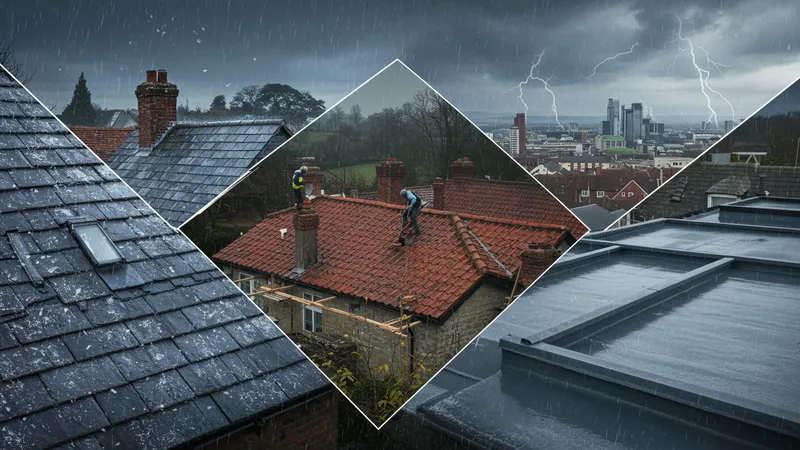
Roofing Solutions : Everything You Need To Know
Comparing Performance in UK Weather Conditions
The United Kingdom is renowned for its fluctuating climate, with frequent rain, frost, and wind placing significant demands on roofing materials. Slate roofing stands out for its impermeability and capacity to withstand freeze-thaw cycles, making it one of the most reliable options for both rural and urban settings. In comparison, clay tiles also perform well in damp environments, but require meticulous fitting to prevent under-tile water ingress common during heavy storms.

GRP (fibreglass) roofing has surged in popularity for flat structures across UK cities due to its cohesive, jointless membrane that virtually eliminates drips or leaks even during the wettest months. This type of roofing is particularly advantageous in regions exposed to standing water or driving rain, since the composite material repels moisture while maintaining structural integrity over time.
Resistance to harsh winds is a key concern for both heritage and contemporary buildings. British slate, when fixed correctly, resists uplift and displacement far better than many imported alternatives. Clay tiles, on the other hand, provide substantial mass but may require additional anchoring or specialist fittings in exposed regions such as coastal towns or moorland villages.
The climate-driven nuances highlight why UK homeowners often prioritise professional consultation and site-specific planning when selecting between these solutions. Local experience is invaluable when it comes to picking materials that not only endure the typical rainfall and temperature swings but also comply with insurance or council requirements linked to regional microclimates.